Species Photo Gallery for Graphocephala hieroglyphica No Common Name 27 |
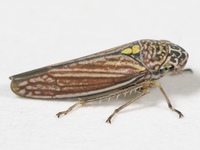 | Photo by: Rob Van Epps
Mecklenburg Co.
Comment: Caught sweeping. | 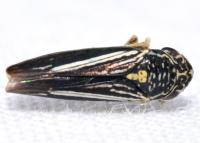 | Photo by: Ken Kneidel
Mecklenburg Co.
Comment: 5.6 mm male, collected during a sweep through low vegetation in a wet retention area / depression in the middle of a school athletic field; photo by K. Kittelberger |
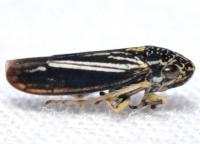 | Photo by: Ken Kneidel
Mecklenburg Co.
Comment: 5.6 mm male, collected during a sweep through low vegetation in a wet retention area / depression in the middle of a school athletic field; photo by K. Kittelberger | 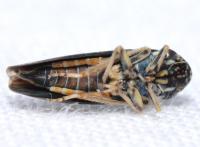 | Photo by: Ken Kneidel
Mecklenburg Co.
Comment: 5.6 mm male, collected during a sweep through low vegetation in a wet retention area / depression in the middle of a school athletic field; photo by K. Kittelberger |
 | Photo by: Rob Van Epps
Mecklenburg Co.
Comment: Dark form. Aka Neokolla dolobrata on BugGuide and inatuaralist. Caught sweeping in grassy field. |  | Photo by: Ken Kneidel
Mecklenburg Co.
Comment: 5.6 mm male, collected during a sweep through low vegetation in a wet retention area / depression in the middle of a school athletic field |
 | Photo by: Ken Kneidel
Mecklenburg Co.
Comment: 5.6 mm male, collected during a sweep through low vegetation in a wet retention area / depression in the middle of a school athletic field | 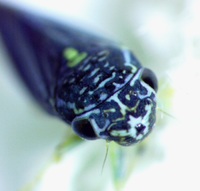 | Photo by: Ken Kneidel
Mecklenburg Co.
Comment: 5.6 mm male, collected during a sweep through low vegetation in a wet retention area / depression in the middle of a school athletic field |
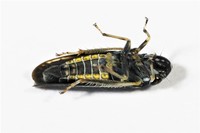 | Photo by: Rob Van Epps
Mecklenburg Co.
Comment: Dark form. Aka Neokolla dolobrata on BugGuide and inatuaralist. Caught sweeping in grassy field. | 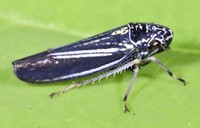 | Photo by: Rob Van Epps
Mecklenburg Co.
Comment: Dark form. Aka Neokolla dolobrata on BugGuide and inatuaralist. Caught sweeping in grassy field. |
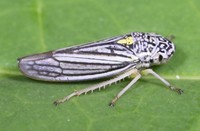 | Photo by: Rob Van Epps
Iredell Co.
Comment: Caught sweeping in weedy field. | 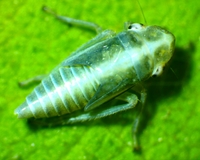 | Photo by: Ken Kneidel
Mecklenburg Co.
Comment: 4.5 mm, weedy vegetation |
 | Photo by: Kaiying Chen
Wake Co.
Comment: |  | Photo by: Rob Van Epps
Mecklenburg Co.
Comment: Weedy/grassy open area. Pale form. |
 | Photo by: Rob Van Epps
Mecklenburg Co.
Comment: Weedy/grassy open area. Caught sweeping. Pale form. |  | Photo by: Ken Kneidel
Mecklenburg Co.
Comment: 6.1 mm, collected during sweep in a permanently wet depression with diverse vegetation; identified by C. Dietrich via specimen as Graphocephala sp. probably hieroglyphica (Say) [female...]; white background pics taken by K. Kittelberger |
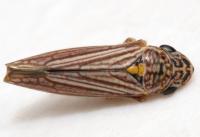 | Photo by: Ken Kneidel
Mecklenburg Co.
Comment: 6.1 mm, collected during sweep in a permanently wet depression with diverse vegetation; identified by C. Dietrich via specimen as Graphocephala sp. probably hieroglyphica (Say) [female...]; white background pics taken by K. Kittelberger |  | Photo by: Ken Kneidel
Mecklenburg Co.
Comment: 6.1 mm, collected during sweep in a permanently wet depression with diverse vegetation; identified by C. Dietrich via specimen as Graphocephala sp. probably hieroglyphica (Say) [female...]; white background pics taken by K. Kittelberger |
 | Photo by: Ken Kneidel
Mecklenburg Co.
Comment: 6.1 mm, collected during sweep in a permanently wet depression with diverse vegetation; identified by C. Dietrich via specimen as Graphocephala sp. probably hieroglyphica (Say) [female...]; white background pics taken by K. Kittelberger | 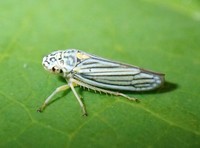 | Photo by: Rob Van Epps
Mecklenburg Co.
Comment: Weedy/grassy open area. Pale form. |
 | Photo by: Rob Van Epps
Mecklenburg Co.
Comment: Weedy/grassy open area. Pale form. |  | Photo by: Rob Van Epps
Mecklenburg Co.
Comment: Weedy/grassy open area. Caught sweeping. Pale form. |
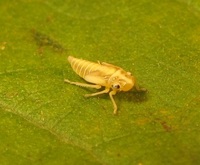 | Photo by: Ken Kneidel
Mecklenburg Co.
Comment: 5.2mm | 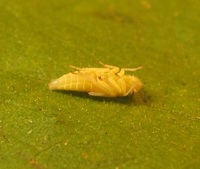 | Photo by: Ken Kneidel
Mecklenburg Co.
Comment: 5.2mm |
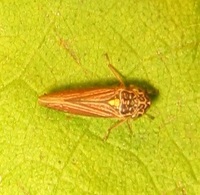 | Photo by: Ken Kneidel
Mecklenburg Co.
Comment: 5.6mm, collected during sweep in a permanently wet depression with diverse vegetation | 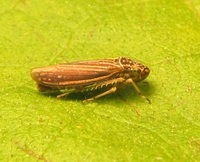 | Photo by: Ken Kneidel
Mecklenburg Co.
Comment: 5.6mm, collected during sweep in a permanently wet depression with diverse vegetation |
 | Photo by: Rob Van Epps
Mecklenburg Co.
Comment: Weedy/grassy open area. Caught sweeping. |

 »
»
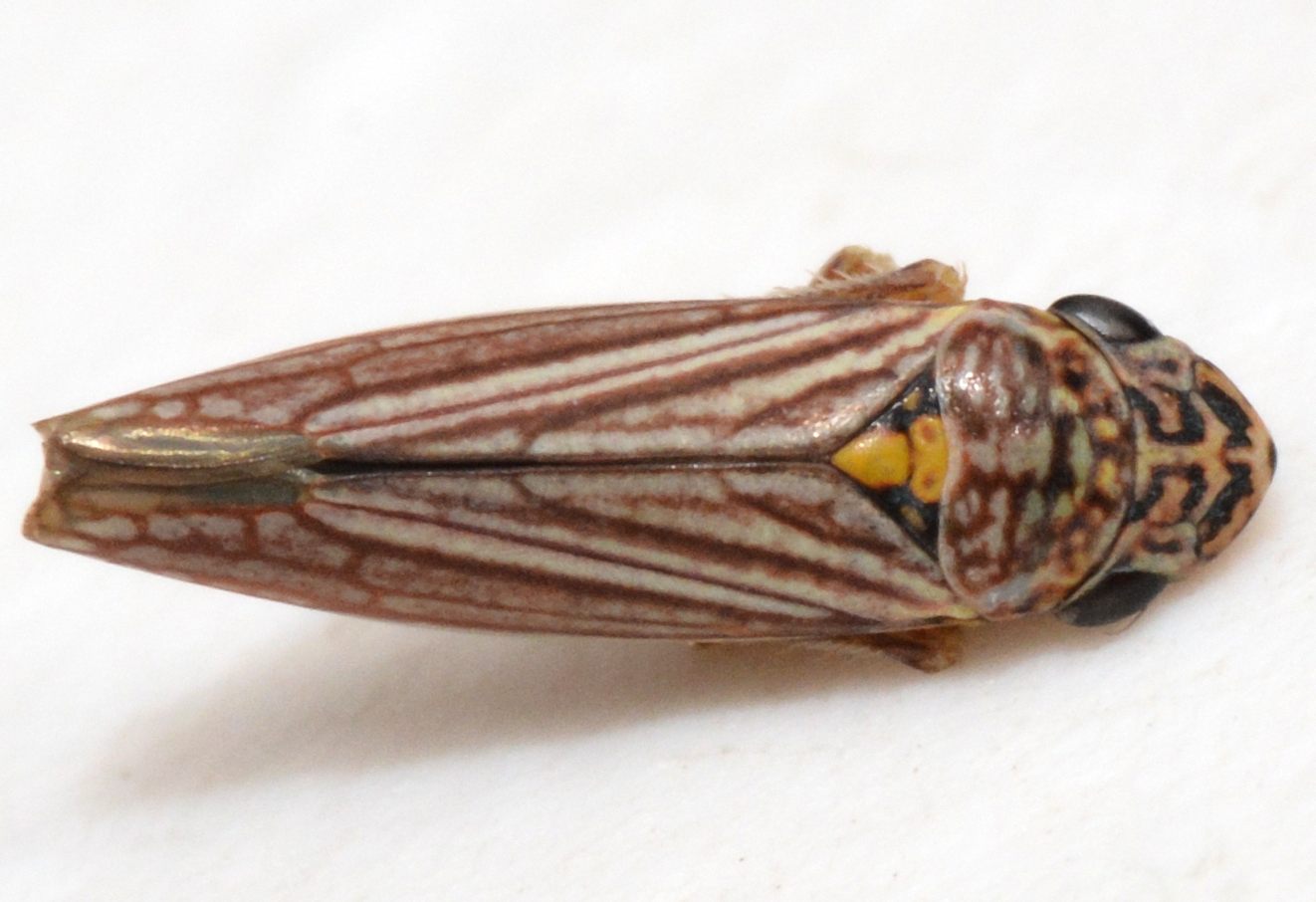


 »
»

